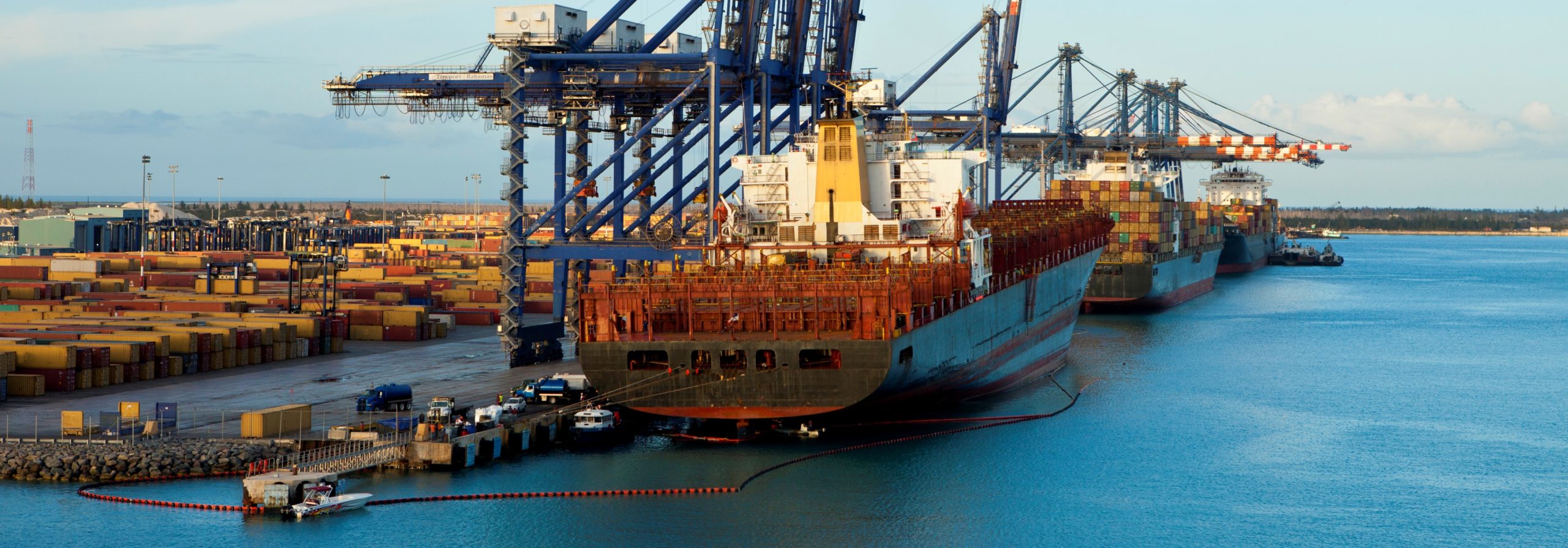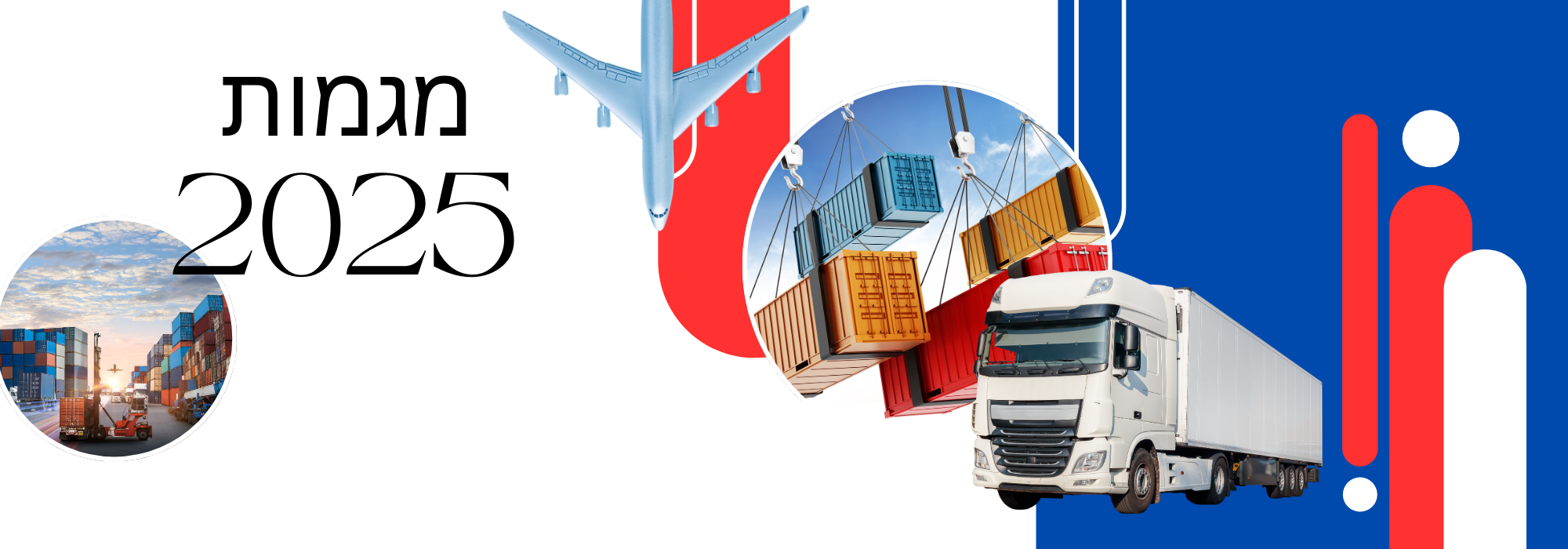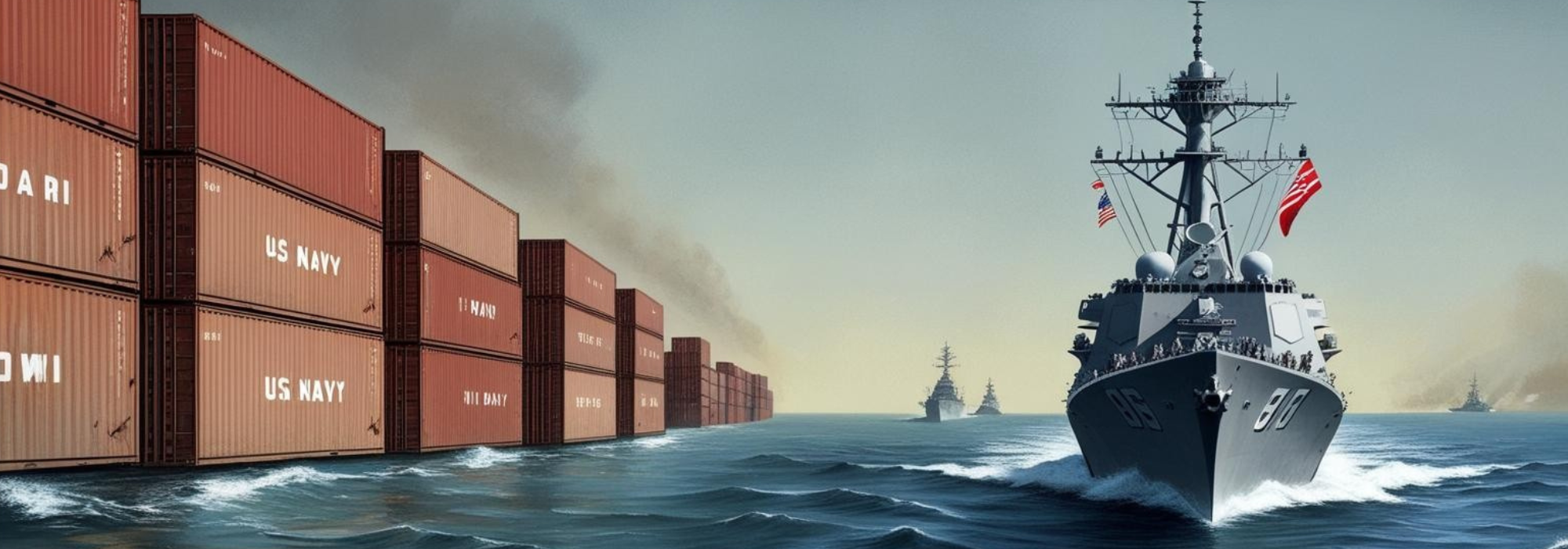
Regulation Aspects in Import – Importer’s Guide
Home » import Export » Regulation Aspects in Import – Importer’s Guide
General Information
The Ordinance comprises the original ordinance and several schedules. Schedule 1, for example, specifies goods that require an import license, whereas Schedule 2 specifies terms or approvals with which goods can be released from customs.
However, the Schedules 1 and 2 do not mention the names of the goods, instead using 8-digit numbers. The numbers represent the goods’ classification according to the Customs Tariff Order, and each product has its own number.
Releasing Imported Goods from Customs
Imported goods are released from customs according to the Free Import Order that is incorporated into the Customs Tariff Order.
Approval or import license requirements depend on the customs classification as specified in the Free Import Order and its amendments. To ascertain the exact requirements for approvals, licenses, certificates and import taxes, you need the customs item of the imported goods.
You may contact a customs broker or a customs house to verify the classification of the product you wish to import. Once you know the customs item, you can find it among the 8-digit numbers in the Customs Tariff Order.
Schedule 2 to the Free Import Order
Schedule 2 to the Free Import Order mostly specifies the goods that require mandatory-standard approval, and in some cases an SII inspection.
Information regarding mandatory standard approval processes can be found in the SII website.
Section 2 (c)(2) of the Free Import Order
Section 2 (c)(2) of the Free Import Order authorizes the Minister or anyone appointed for that purpose by the Minister, to exempt the import of goods specified in Schedule 1 from having to present a license, and to exempt goods specified in Schedule 2 from meeting the requirements applicable to them.
The activity of the competent authorities is regulated by Director General Directive 2.6 of the Ministry of Economy and Industry – providing exemptions pursuant section 2(c)(2) of the Free Import Order, which defines causes and terms for granting exemptions.
This Directive is intended to establish a uniform policy for handling exemption applications by virtue of section 2(c)(2) of the Free Import Order, and to regulate the procedures for handling these applications.
An application for goods exemptions pursuant section 2(c)(2) of the Free Import Order may be submitted via the online application form in the Ministry of Economy’s website.
Standardization Commissioner’s Instructions regarding Granting a Mandatory Standard Approval
- Group 1: goods that represent the highest level of risk. For this group, no change will apply in providing standard approval for release from customs, meaning an inspection is required for each shipment.
- Group 2: goods that represent a medium level of risk. Products in this group require a one-time approval of the product model, and the importer’s declaration that products in regular shipments are identical to the approved model, and meet the requirements of applicable standards. Once approved, products in regular shipments will no longer have to be inspected.
- Group 3: goods that represent a low level of risk. Products in this group require an importer declaration only, and the product itself does not require inspection.
- Group 4: goods intended for industrial use only and not consumer use. The release of these goods is not stipulated on receiving a mandatory standard approval.
More related articles...
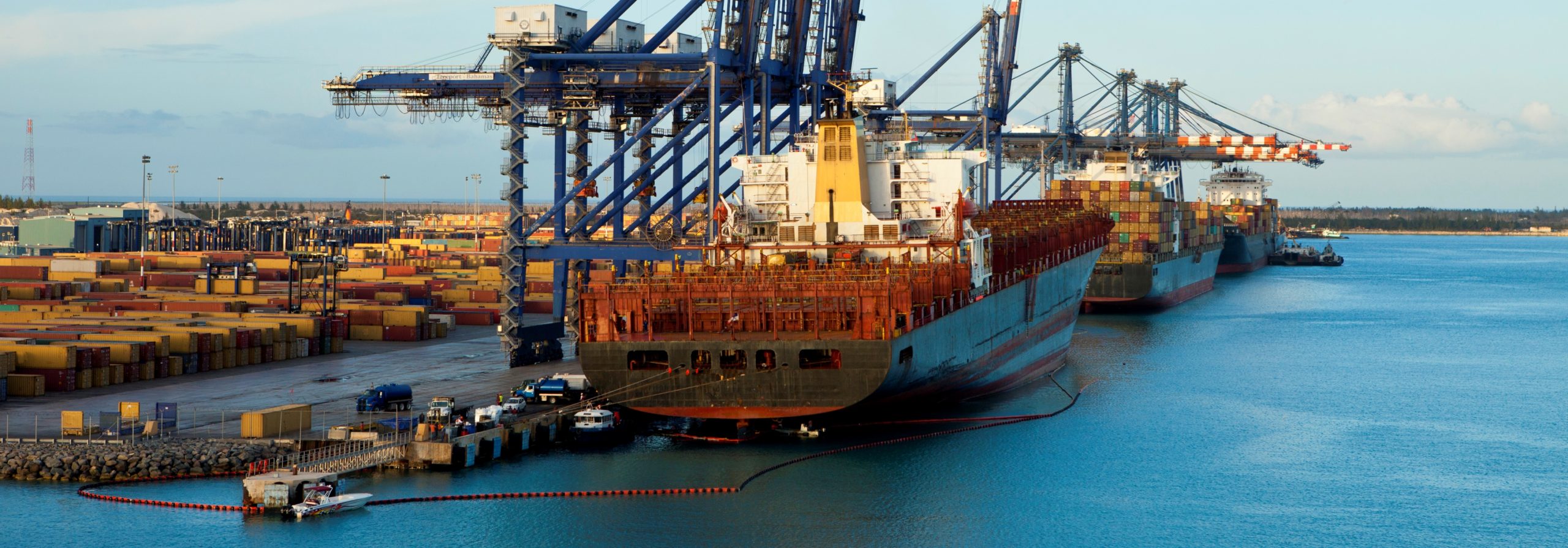

Container Exports – Important Information
The global trade market significantly relies on containers—giant metal boxes that allow for the safe and efficient transport of cargo worldwide. When discussing the export


Common Import Pitfalls – How to Avoid Surprises at Customs?
Introduction The world of importing is one of the most fascinating and dynamic fields in the global economy. As the world becomes more interconnected and


International Trade in Israel
Introduction International trade plays a pivotal role in Israel’s economy, enabling the country to overcome its limited natural resources and integrate into the global market.


WTO – The World Trade Organization
The WTO provides a forum for negotiating agreements aimed at reducing obstacles to international trade and ensuring a level playing field for all, thus contributing


Why Do You Need a Comprehensive Market Survey for Successful Goods Import?
Imagine being on the brink of your most ambitious business venture yet: importing a unique range of handmade ceramics from a small but incredibly talented


Shipping and importing products from China to Israel
In the vast landscape of global trade, there exists a bridge connecting two distant lands—one adorned with the intricate tapestry of ancient traditions, the other
